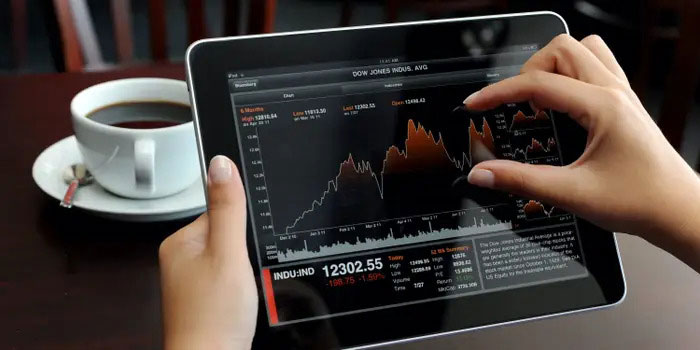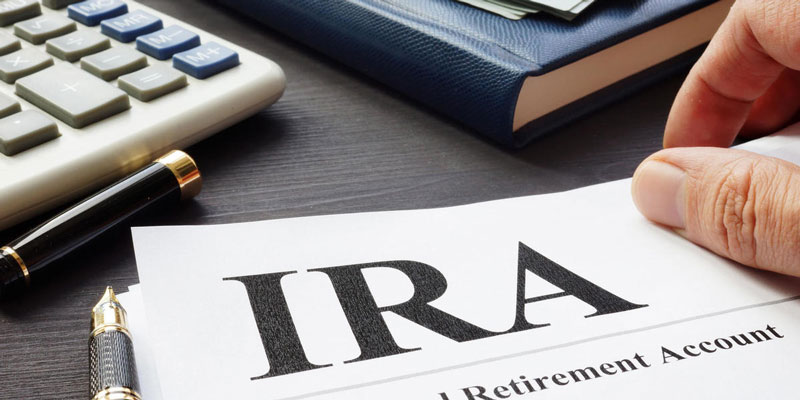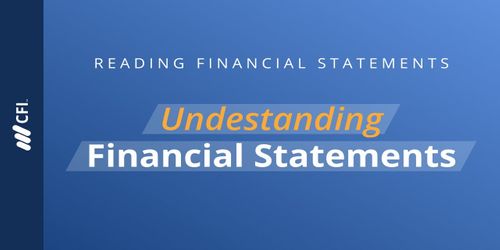The predetermined price at which an option holder has the right to exercise their option known as the "strike price." Because of this, it is often referred to as an "exercise fee." Derivatives trading relies on the strike price. When referring to the strike price of a call option, the term refers to the price at which the option holder can purchase the underlying securities.
An option holder can sell their security at the strike price specified in their put option if they choose to exercise their option to sell at that price. If a call option has a strike price of Rs 150, a trader can buy the shares at any time throughout or after the contract, regardless of the current price of the underlying security, say, a stock.
Strike Price's Significance

Derivatives trading uses strike prices as a means of setting a starting point. The value of a derivative is derived from the underlying asset's value. Call and put options both depend on the strike price. The buyer of a call option gains the right to purchase the stock at the strike price at some point in the future.
Put option buyers, on the other hand, will be able to sell their shares later for a profit at the strike price they choose. The option's strike price influences the option's value. A contract's strike price is specified at the time of its creation. The price at which the underlying asset must be traded for the option to be in the money is shown by this indicator.
An Explanation of Strike Price
What you would pay to acquire or sell a stock if you exercised an option is known as its "strike price" or "exercise price." It is possible to purchase or sell the stock at the strike price throughout the term of the option, but you have no requirement to do so. A trader predicted that the price of Netflix shares would rise from $682 per share in 2022 to $700 per share in only a few months.
An Overview of Strike Price Mechanisms

Between $5 and $25, $5 between $25 and $200, and $10 beyond that, strike prices are often fixed in increments of $2.50. If executing the option today will result in a profit, the option is deemed "in the money."
A trader's expected gain from the exercise of an in-the-money option is referred to as its intrinsic value. The underlying stock price of $55 is subtracted from the $50 strike price to arrive at the $5 intrinsic value shown above. The stock is purchased for $50 and sold for $55 by the trader.
Strike Price Factors
Tolerance to Risk
It is vital to examine your risk tolerance while setting the strike price. Your level of risk tolerance will determine the strike price. All of the choices entail varying degrees of danger. ITM, ATM, and OTM are all options that you may choose from based on risk tolerance. Options contracts work well for option buyers when they are in the black, but they don't work as well for sellers when they are not.
Risk-Reward
The risk tolerance parameter is linked to this. A clever investor can choose between an "In the Money" or an "At the Money" contract, depending on their risk tolerance. OTM contracts can be used by investors willing to accept a high degree of risk.
Implied Volatility
The amount of volatility associated with each stock option is unique. Variations in the industry, shifts in policy at the federal and state levels, and a host of other global variables all affect this characteristic.
Volume/Liquidity
In selecting the strike price, it's also helpful to consider this issue. The underlying asset's liquidity will influence the deal's profitability. Choose an asset with greater liquidity to maximize earnings before the contract's end date. You won't make much money when you quit a deal with low liquidity.
Call Option Strike Price
Learn about the "strike" price of a call option, which gives the buyer a predetermined date and price to purchase the stock. The asset's strike price is the only basis for the fixed price. When the strike price is higher than the stock price at expiration, the call option is no longer profitable, resulting in a loss for the buyer. Call options that expire worthlessly are profitable for the buyer if the strike price falls below the current stock price.
A Put Option's "Strike Price"
You can sell the stock at its current price at some point in time, but you can't repurchase it until the expiration date of the put option. An investor who purchases a put option has the flexibility to sell their investment at any moment up to or beyond the expiration date, unlike those who purchase a call option.



